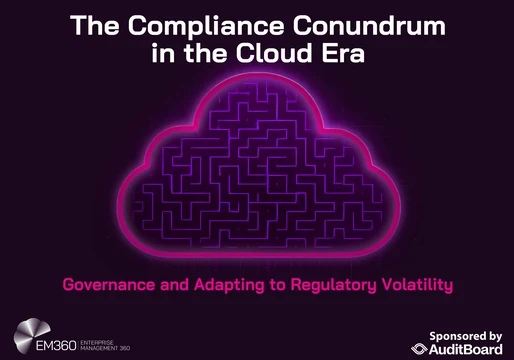
Year upon year it seems like there are more and more cyber threats to look out for.
Among these sophisticated tactics is the watering hole attack. This is a way to put entire groups of people at risk simultaneously, rather than targeting one specific victim
In this article we’ll explain watering hole attacks, and, most importantly, how to prevent them
What Is A Watering Hole Attack?
A watering hole attack is a form of cyber attack that intentionally targets a specific group of people by compromising a website that they are known to frequent.
Instead of directly attacking victims individually the cybercriminal will infect a known website with malware. When the targeted individuals visit the compromised site, their computers or devices become infected.
Attackers first identify their specified victims. This could be employees of a particular company, members of an organization or people with a specific shared interest.
They will then conduct research on the websites that their target group frequently visits. These could be industry-specific forums, professional networking sites, news outlets, or even internal company websites if they are not secure.
After identifying the websites the attacker will start looking for vulnerabilities. Once found, they exploit it to inject malicious code, such as malware.
Even though the website has been compromised it will still appear normally to visitors, however their device will be infected with malware without their knowledge.
Once the victim's devices have been compromised the attacker can then use them for their intended nefarious purpose. This includes stealing sensitive and even financial information. It can also include monitoring the victims online activities, including communications and network
Compromised devices can also be used to establish a foothold to ultimately gain access to a larger network, such as a company's entire internal device list.
How To Prevent A Watering Hole Attack?
Preventing watering hole attacks requires a multi-layered approach that involves securing your own systems as well as educating your users
Organisations must keep their software up to date with regular patches. This will help to address any vulnerabilities attackers are looking to exploit.
Utilizing a web application firewall can help filter out malicious traffic and block common web attacks like cross-site scripting (XSS) and SQL injection,
Regular assessment of your website's security must be prioritised to continuously check for vulnerabilities. Alongside this website traffic must be monitored for unusual activity.
Maintaining up-to-date operating systems, browsers, and security software on user devices is crucial, alongside deploying Endpoint Detection and Response (EDR) solutions and secure web gateways. Network security measures like strong firewall rules, traffic monitoring, and network segmentation also play a vital role.
Crucially, comprehensive user education on recognizing potential threats and practicing safe browsing habits, coupled with a well-defined incident response plan, are essential layers of defense against these sophisticated, indirect attacks.














Comments ( 0 )